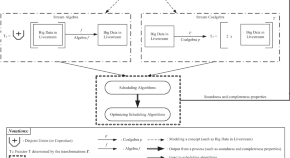Distributionally Robust Federated Learning for Mobile Edge Networks
Authors (first, second and last of 8)

Collection
Nguyen Tat Thanh University 300A Nguyen Tat Thanh Street, Ward 13, District 4, Ho Chi Minh City, Vietnam Email: pcvinh@ntt.edu.vn

